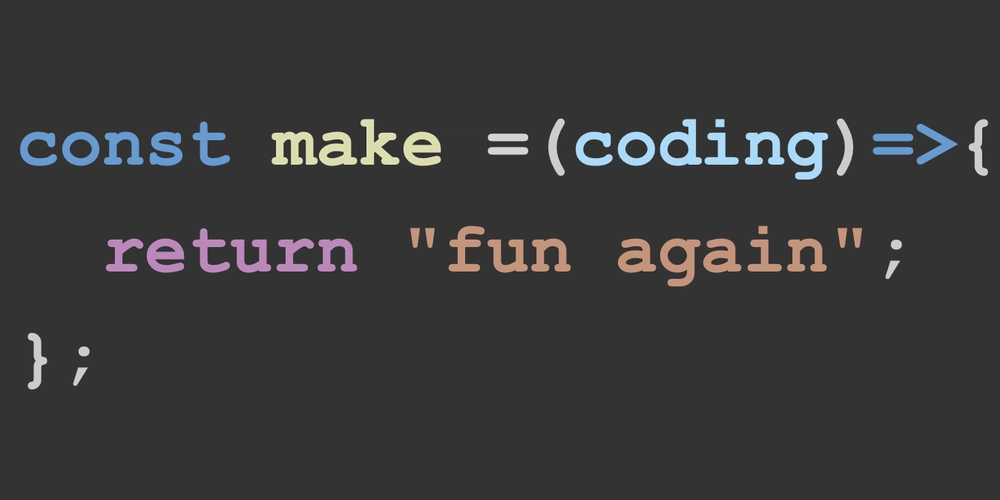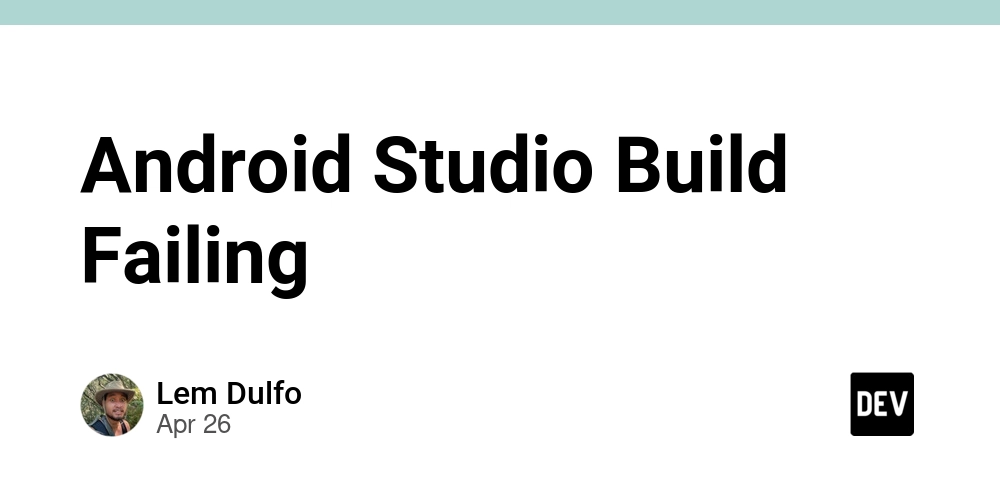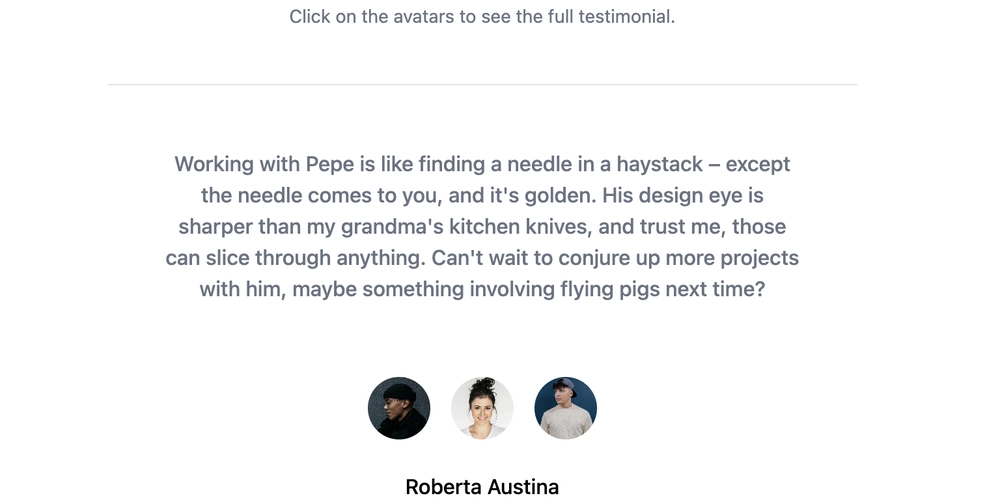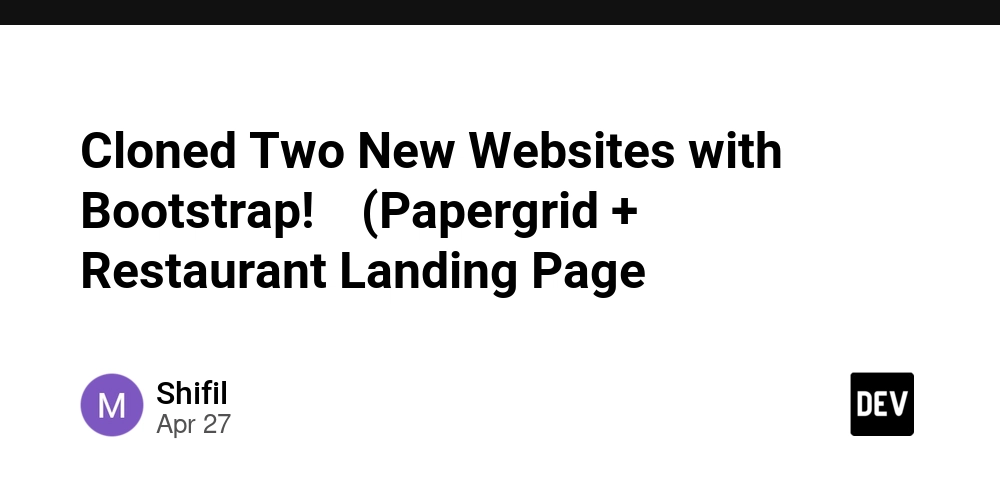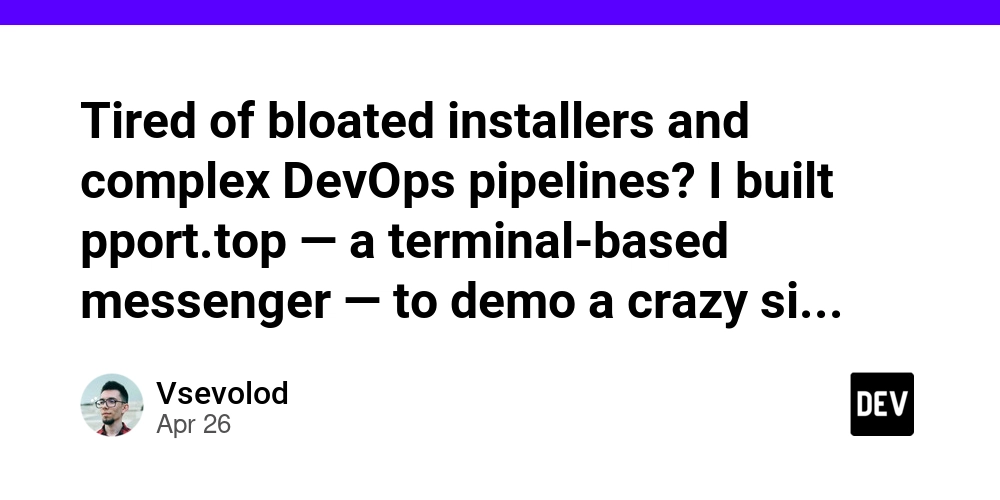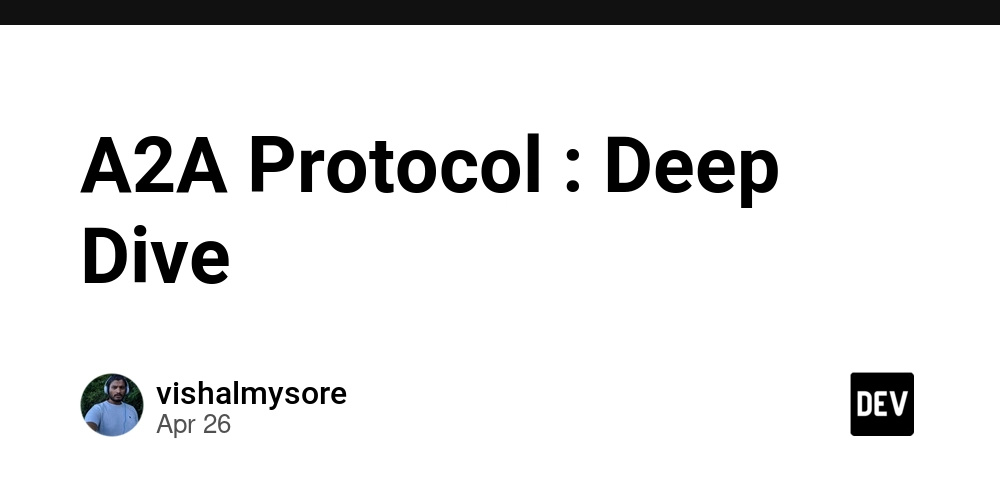
A2A Protocol Explained: Simplify AI Agent Communication in 2024
Want to streamline how your AI agents talk to each other? Discover the A2A protocol – a game-changing standard for seamless AI collaboration. No more tangled communication; just smooth, efficient teamwork between different AI systems.
What is the A2A (Agent-to-Agent) Protocol?
The A2A protocol is a universal language for AI agents, think of it as a translator, enabling them to communicate and collaborate regardless of their origins or platforms. Google introduced this standard to solve the messy problem of getting diverse AI systems to work together cohesively.
- Allows AI agents built with different tools to exchange data.
- Enables coordinated task execution across various platforms.
- Provides a structured and predictable communication process.
Imagine two construction workers, each speaking a different language. The A2A protocol is like giving them both sets of blueprints and a universal translator, ensuring they can build a house together perfectly.
Why the A2A Protocol Matters: Key Benefits
In essence, the A2A protocol simplifies AI agent interactions. Instead of struggling with incompatible systems, developers can rely on a consistent and reliable communication framework. Here's why that matters:
- Simplified Collaboration: Enables different AI agents, even from different sources, to work together seamlessly.
- Increased Efficiency: Streamlines task delegation and information sharing, cutting down on wasted time.
- Reduced Complexity: Simplifies the development process by providing a standardized communication method.
Ready to build AI systems that work harmoniously? Let's check how A2A protocol is different than the other common standard, REST API.
A2A Protocol vs. REST API: Understanding The Key Differences
When it comes to communication between a client and a server, two popular choices are JSON-RPC and REST API. A2A protocol uses JSON-RPC so let's see how it differentiate from the REST API.
- JSON-RPC (Used by A2A Protocol):
- It is a remote procedure call (RPC) protocol.
- Oriented around executing methods on the server.
- It typically uses a single endpoint for requests.
- REST API:
- It is an architectural style.
- Oriented around resources and their representations.
- It uses multiple endpoints, each representing a different resource.
Diving Deeper: Understanding JSON-RPC
The heart of the A2A protocol lies in JSON-RPC 2.0, which offers a lightweight way for agents to communicate. Here's a closer look:
- Requests: An agent sends a request to another. This request includes a method name and any necessary parameters.
- Responses: The receiving agent processes the request and sends back a response. This response can either hold the result of the method call or details about any error that occurred.
- JSON Format: All of these messages are formatted using JSON. The format supports every platform and improves readability.
With JSON-RPC, every message includes key components that tells the receiver what to do.
Key Elements of a JSON-RPC Message:
- jsonrpc: Specifies the JSON-RPC version used (e.g., "2.0").
- method: Defines the method to be executed on the receiving end.
- params: Includes any parameters required for the method execution.
- id: A unique identifier created by the sender to match responses with original requests
Responses also include:
- result: Contains the data returned by the method after it runs successfully.
- error: Returns with information about any issues during the method execution.
By using JSON-RPC, the A2A protocol ensures clear and organized communication between AI agents, which ultimately leads to more effective collaboration.



